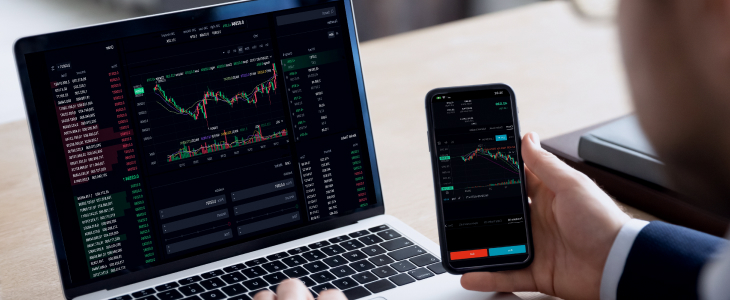
The foreign exchange market (forex) is one of the most dynamic financial markets in the world, offering traders a plethora of opportunities. Among the numerous concepts that traders need to understand is the notion of swap. In this article, we’ll delve into what swap means in the context of forex, how it impacts trading strategies, and why it is pivotal for successful forex trading. If you want to learn more about trading tools and strategies, be sure to visit what is swap in forex trading Trading Area NG.
What Is Swap in Forex?
In forex trading, a swap refers to the interest differential between the two currencies involved in a currency pair. When a trader holds a position overnight, they may incur or earn swap interest based on the interest rates set by the central banks of the currencies they are trading. Essentially, a swap can be viewed as the cost or benefit associated with holding a trade beyond the standard trading day.
How Forex Swaps Work
To understand how swaps function, it’s essential to recognize that every currency has an associated interest rate determined by its central bank. For example, if a trader buys a currency pair like EUR/USD, they are effectively borrowing in USD (the lower interest rate) while investing in EUR (the higher interest rate). The difference between these interest rates is what determines the swap.
When the position is held overnight, the trader either pays or receives the swap depending on whether they bought a currency with a higher interest rate or a lower interest rate. This process occurs daily at a specific time set by the broker, typically at 5 PM EST.
Types of Swap
There are primarily two types of swaps in forex:
- Long Swap: This occurs when a trader holds a long position on a currency pair where the base currency has a higher interest rate than the quote currency. In this scenario, the trader typically receives a swap.
- Short Swap: Conversely, a short swap arises when a trader holds a short position with the base currency having a lower interest rate than the quote currency. In this case, the trader likely pays a swap.
How to Calculate Swap Rates
Calculating swap rates can be a little complex, but it generally depends on several factors, including the trade size, current interest rates of the currency pair, and the broker’s fee. The formula used is typically:
Swap = (Trade size * (Interest Rate of Base Currency – Interest Rate of Quote Currency)) / 100

It’s important to consult with your broker for exact rates and how they apply to your trades, as brokers may have their own specific swap rates and policies.
Importance of Swap in Trading Strategies
Understanding swap rates can significantly impact trading strategies. Here’s why:
- Cost Management: Traders need to be aware of swap rates to avoid unexpected costs that could eat into their profits. For example, a trader might be under the impression that a position is profitable, only to realize later that swap fees turned it unprofitable.
- Carry Trade: Swaps can also be advantageous for traders engaging in carry trades, where they buy high-yielding currencies while selling low-yielding ones. By holding such positions, they can earn the interest differential as profit.
- Trade Timing: Traders can time their entries and exits based on swap rates, potentially avoiding positions that would incur unfavorable swaps.
Factors Affecting Swap Rates
Several factors can influence swap rates, including:
- Central Bank Interest Rates: Changes in the interest rates set by central banks can directly affect swap rates.
- Market Demand: The demand for certain currencies can also influence swap rates as it impacts their value.
- Broker Policies: Different brokers have different policies and rates, so it’s crucial to compare them when choosing a broker.
How to Minimize Swap Costs
Here are some strategies to minimize swap costs:
- Choose Brokers with Favorable Swap Rates: Research and choose a broker with competitive swap rates that can save you money.
- Utilize Short-Term Trading: Consider day trading where you close positions before incurring overnight swaps.
- Optimize Your Trading Strategy: Incorporate swap considerations into your overall trading strategy for better management of costs.
Conclusion
Swap is an integral component of forex trading that can impact a trader’s profitability. By understanding swap rates, how they function, and their implications on trading strategies, traders can make informed decisions that enhance their trading performance. Always stay informed about current interest rates and consult with your broker to ensure you have the most accurate information regarding swaps.
In conclusion, mastering the concept of swaps is essential for anyone serious about succeeding in the forex market. Whether you are a novice or an experienced trader, keeping an eye on swap rates and their implications will help you optimize your trading strategy and manage your capital effectively.